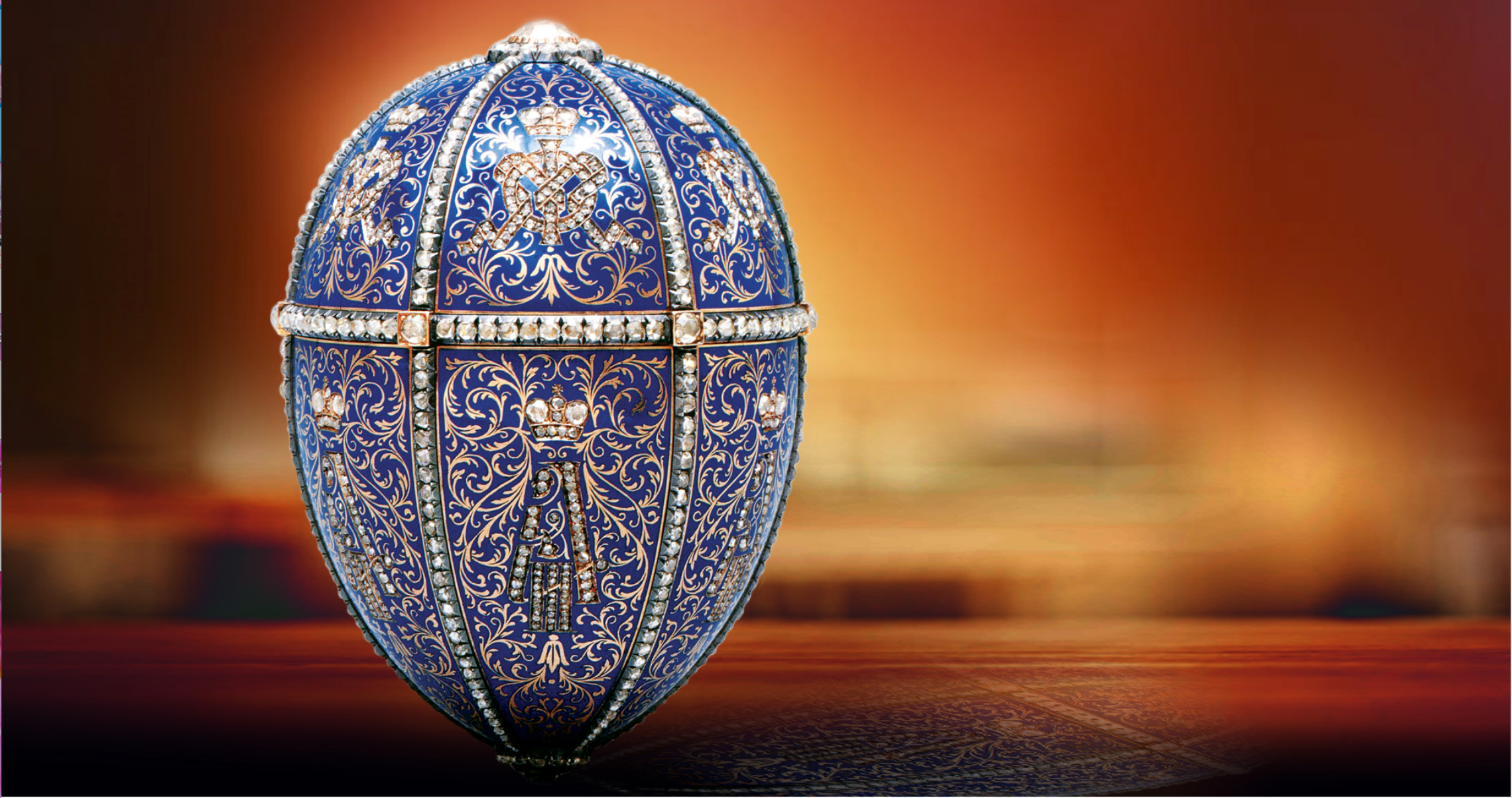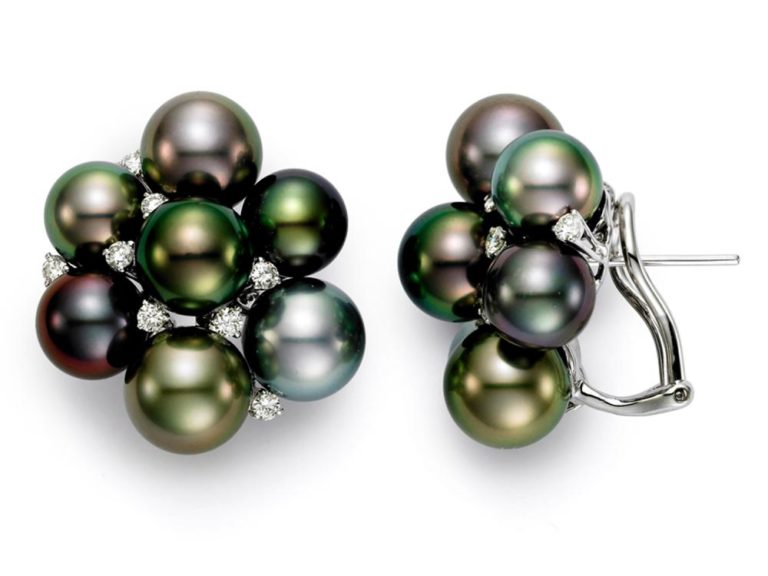
Fabergé: A Timeless Tale of Innovation, Opulence and Romance
In the world of fine jewelry, one name stands out above all others—Fabergé. The House of Fabergé, founded by Peter Carl Fabergé in the 19th century, became synonymous with unrivaled craftsmanship, opulence and romance. The captivating history of Fabergé’s creations, ranging from ornate Easter eggs to exquisite jewelry pieces, is steeped in a rich tapestry of artistry, invention and the admiration of illustrious personalities who proudly adorned themselves with these extraordinary treasures.
The Birth of a Legacy
The Fabergé legacy began in 1842, when Gustav Fabergé, Peter Carl’s father, opened a small jewelry store in St. Petersburg, Russia. Young Peter inherited his father’s passion for artistry and transformed the business into a prominent brand, gaining the favor of the Russian Imperial Family.
The Imperial Connection
One of the most significant moments in Fabergé’s history was when Emperor Alexander III commissioned Peter Carl Fabergé to create an intricate Easter egg as an exquisite gift for his wife, Empress Maria Feodorovna, in 1885. This marked the birth of the iconic Fabergé Imperial Easter Eggs, the pinnacle of innovation and romance.
The celebrated series of 50 Imperial Easter eggs was created for the Russian Imperial Family from 1885–1916. They were the ultimate achievement of the renowned Russian jewelry house and are considered some of the greatest commissions of objets d’art. Ten eggs were produced from 1885–1893, during the reign of Emperor Alexander III. Forty more were created during the rule of his son, Nicholas II; two each year: one for his mother, the dowager, and the second, for his wife.
The Enchantment of Easter Eggs
Peter Carl Fabergé and his team of master craftsmen meticulously designed each Imperial Easter Egg. Encrusted with precious gems, delicate enamels and intricate mechanisms, these masterpieces were a fusion of art, ingenuity and romance. Notable among these creations is the legendary Imperial Coronation Egg and the Lilies of the Valley Egg, all cherished by the Russian Imperial Family and collectors alike.
The Imperial Coronation Egg: Undoubtedly the most iconic of all Fabergé Imperial Easter Eggs, the Imperial Coronation Egg was created in 1897 to commemorate the coronation of Emperor Nicholas II’s wife, Empress Alexandra Feodorovna. Crafted with a lavish combination of gold, enamel and precious stones, the egg is a masterpiece of opulence and symbolism.
The outer shell of the egg is made of multicolored gold, embellished with translucent yellow guilloché enamel. It’s further trellised with bands of gold laurel leaves mounted at each intersection by a black-enamel double-headed eagle with a rose-cut diamond on the chest, a design recalling the Cloth of Gold robe the Empress wore at the ceremony.

A large portrait-cut diamond is set on the top of the egg within a cluster of 10 brilliant-cut diamonds. Through the table of the diamond, the monogram of the Empress can be seen. At the other, more narrow end, a smaller portrait-cut diamond is set within a cluster of rose-cut diamonds surrounded by a flower motif made of 20 narrow gold petals. Through the table of the diamond, the date 1897 can be seen inscribed on a plaque.
Fitted inside the egg is a precise miniature replica (less than four inches long) of the 18th-century carriage that carried the Empress to her coronation. The coach is surmounted by the Imperial Crown in rose-cut diamonds, as well as six double-headed eagles on the roof. Further details include etched rock crystal windows and platinum tires. The miniature is complete with moving wheels, opening doors and a tiny folding step-stair.
The Lilies of the Valley Egg: Created in 1898, the Art Nouveau–style Lilies of the Valley Egg is an exquisite example of Fabergé’s artistry and romanticism. The egg features a lustrous surface of pink guilloché enamel, with gold stems and green-enamel leaves intertwined, cradling delicate lilies of the valley fashioned from pearls, gold, rubies and diamonds. It stands on four cabriolet feet entwined with diamond-set foliage.

A surprise awaits within the egg: With a twist of one of the pearls, three miniature portraits appear of Emperor Nicholas II and his two eldest daughters, Olga and Tatiana, framed in rose-cut diamonds and surmounted by a diamond- and ruby-set Imperial Crown. This elegant touch further enhances the personal and romantic significance of the Lilies of the Valley Egg, making it a cherished gift from Emperor Nicholas II to his beloved wife, Alexandra.
Royal Patrons and Noble Wearers
The allure of Fabergé extended far beyond the Russian Imperial court. European royalty and aristocrats were captivated by the House’s exquisite jewelry. One prominent figure was Queen Alexandra of England, who cherished the Fabergé jewelry she received as gifts from her husband, King Edward VII.
The Legendary Fabergé Necklace
Among the most celebrated pieces in Fabergé’s history is the captivating Lilies of the Valley necklace. Designed by Peter Carl Fabergé himself, this exquisite masterpiece features delicate lily of the valley flowers crafted from gold, diamonds and pearls.
Each flower is adorned with shimmering diamonds, representing the dewdrops that glisten in the morning light. The natural curvature of the necklace emulates the graceful arc of a garland of freshly gathered lilies, making it a timeless and romantic accessory.
The pièce de résistance of the necklace is a series of exquisite drop-shaped pearls, elegantly suspended from the lily flowers. These pearls evoke the purity and delicacy of lily petals, creating a harmonious blend of precious materials that further accentuates the necklace’s charm and allure.
Empress Alexandra was profoundly moved by the Lilies of the Valley necklace, as it reminded her of the joyous moments spent in the tranquil gardens of the Russian palaces. The necklace served as a poignant reminder of the beauty of nature and the timeless elegance of Fabergé’s craftsmanship.
Revolutionary Influence
Beyond his jewelry creations, Peter Carl Fabergé was also an innovator in the jewelry industry. He introduced novel techniques such as the use of guilloché enamel, a method of creating intricate patterns on metal surfaces, and the incorporation of unique gem-cutting styles. These innovations set new standards for jewelry craftsmanship worldwide.
The history of Fabergé is a tale of love, artistry and excellence. Peter Carl Fabergé’s dedication to crafting the most extraordinary and romantic jewelry pieces earned him adoration from royalty, aristocracy and collectors worldwide. The Imperial Easter Eggs remain some of the most iconic and sought-after treasures in the world of jewelry, each carrying with them a story of romance and opulence. Today, the legacy of Fabergé endures, continuing to enchant and inspire those who appreciate the true essence of timeless romance and beauty in every piece that bears the esteemed name of Fabergé.
Photos courtesy of Faberge.com


